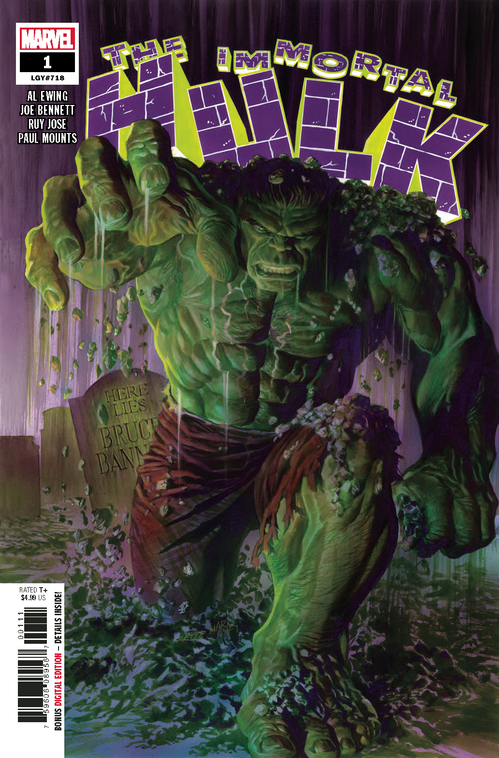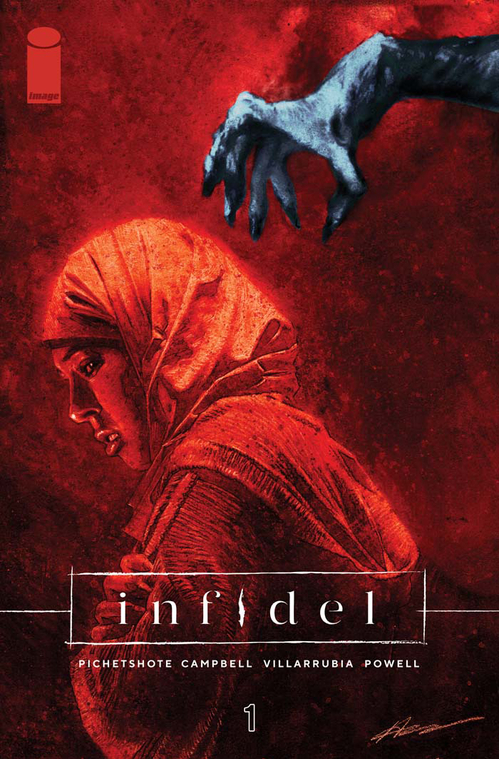The 15 Best Horror Comics of 2018
Main Art by Junji Ito/ Martin Morazzo/ Aaron Campbell/ Goran Sudžuka
“Hey, wait a minute Paste—didn’t you already publish your big best-of list for 2018? And didn’t that list contain superhero comics, kids comics, horror comics and sci-fi/fantasy comics, all under one big umbrella? What gives?” Well, intrepid Paste reader, you’re not wrong. Paste prides itself on taking as broad a look at the medium of comics as our small team can possibly manage. Our year-end rankings don’t discriminate between capes-and-tights adventures, creepy manga, bonkers webcomics or navel-gazing “literary” graphic novels, but when compiling our master list, we realized that 2018 was a deceptively great year for sequential art, and 25 notable books just didn’t cut it. Before the holidays roll around, we’ll be honoring books that excelled in the specific categories mentioned above. Some will overlap with our main list, but many won’t—and the way rankings shift around may surprise you. A title that stood out when viewed holistically might rank lower when assessed through a specific lens, and books that didn’t make the cut for the master list can easily come out on top of these individual breakdowns. If nothing else, we hope our newly expanded categories send you into 2019 with plenty of reading material.
For this terrifying breakout list, we didn’t have a hard time defining the criteria (only one entry below could possibly stretch the definition of “horror”), but we did struggle to pick just 15 entries. We’re big fans of the spooky side of sequential art, so it bodes well that filling out this list was such a bloody breeze—and we’re hopeful that 2019 has even more frights in store.
![]()
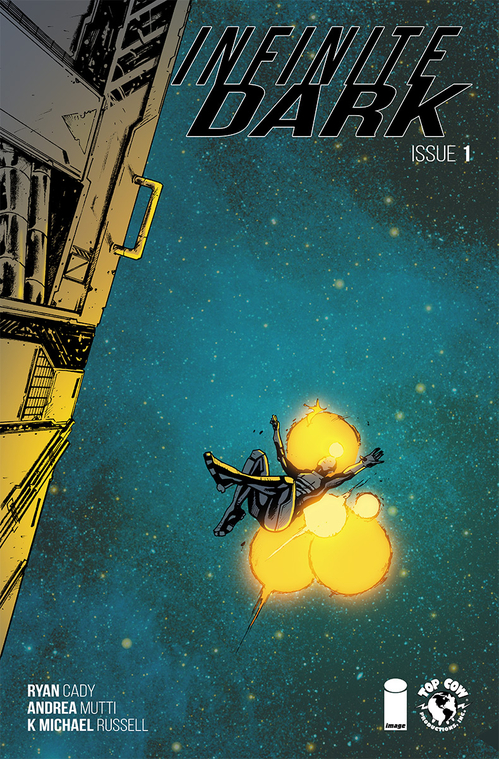
Infinite Dark Cover Art by Andrea Mutti
15. Infinite Dark
Writer: Ryan Cady
Artist: Andrea Mutti
Publisher: Top Cow/ Image Comics
Somehow, crime and terror in space always seem amplified, that much more frightening than it would be on solid ground. Writer Ryan Cady is an Image veteran with titles like Warframe and Magdalena under his belt, but Infinite Dark feels new, the story of a security officer on a far-flung space station investigating the very first murder to happen on her watch. The stakes are high, as the 2,000 people trapped on the station together are all that’s left of humanity. Andrea Mutti has illustrated work for a slew of different publishers, including titles like Hellblazer and Girl with the Dragon Tattoo, proving he can do well with an atmosphere of fear and violence. Infinite Dark is still getting started, but it just may fill the Southern Cross-shaped sci-fi/horror hole in Image’s lineup and reader’s hearts. Caitlin Rosberg
![]()
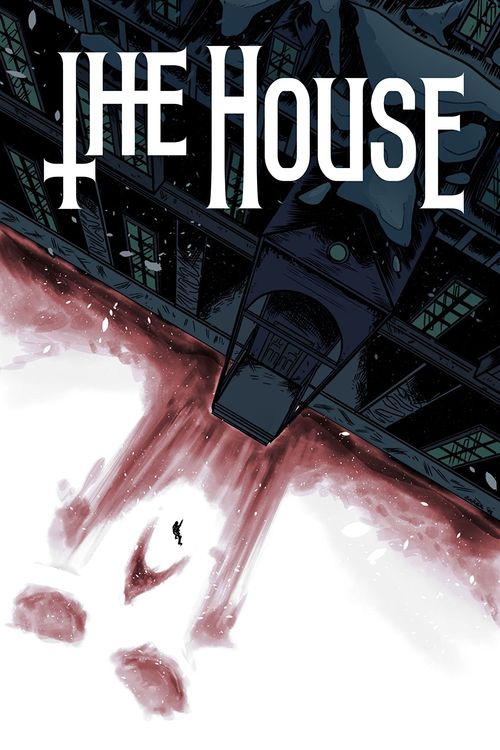
The House Cover Art by Drew Zucker
14. The House
Writer: Phillip Sevy
Artist: Drew Zucker
Publisher: Sucker Productions
For those looking for horror with a slightly historical bent, Phillip Sevy and Drew Zucker’s The House offers an unsettling World War II-era haunted-house horror tale that will leave your skin crawling and the hair on the back of your neck on end for hours afterwards. In the midst of a vicious winter storm, a squadron of United States soldiers stumble on an abandoned mansion in the middle of the woods. Instead of a safe haven, the team is forced to confront their own difficult pasts and an unspeakable evil that poses a far deadlier threat than the snow ever could. Zucker’s art delivers subtle and over-the-top scares in equal measure, with Jen Hickman’s colors creating an eerie ambience that lends a spooky timelessness to the titular house. C.K. Stewart
![]()
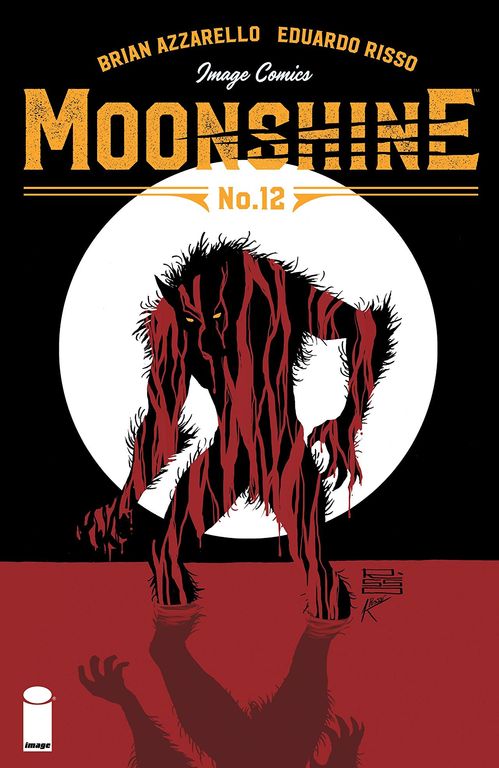
Moonshine Cover Art by Eduardo Risso
13. Moonshine
Writer: Brian Azzarello
Artist: Eduardo Risso
Publisher: Image Comics
Mixing lycanthropy with prohibition-era crime, Moonshine marks the first time the 100 Bullets duo of Brian Azzarello and Eduardo Risso have collaborated under the Image banner, which lets them off the leash with regard to fur-and-fangs violence rendered in Risso’s singularly masterful noir style. Werewolves, for all their long legacy in the horror genre, are notoriously difficult to do right—or to make scary, given how they’ve shifted over the years from nascent body horror to primal-power wish-fulfillment. Azzarello and Risso manage to straddle the line between their wolves being both bloody murder machines and a cursed existence for those afflicted, and have never once lost sight of the men and women beneath all the hirsuteness. Steve Foxe
-

-

-

-

-

-

-

-

-

-

-

-

-

-

-

-

-

-

-

-

-

-

-

-

-

-

-

-

-

-

-

-

-

-

-

-

-

-

-

-

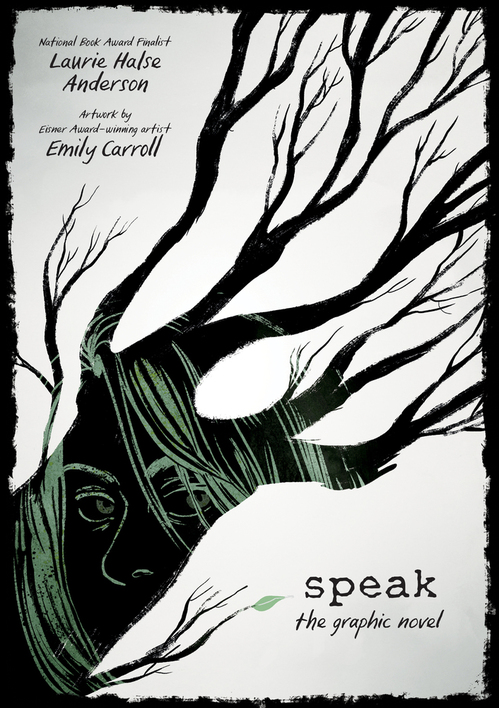
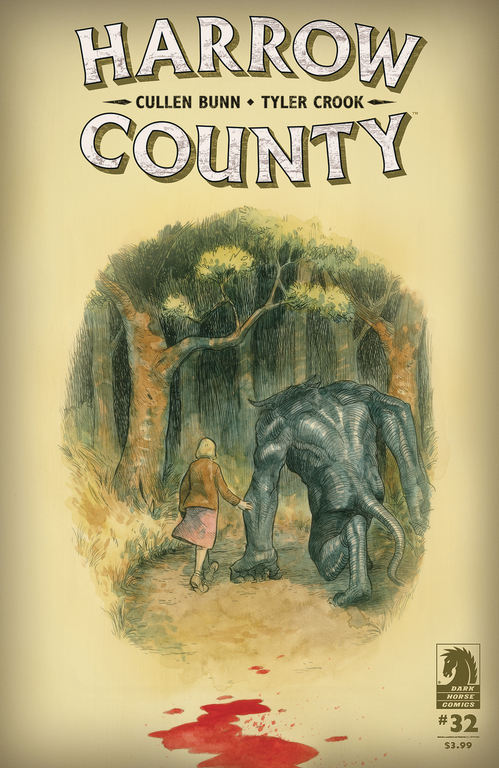
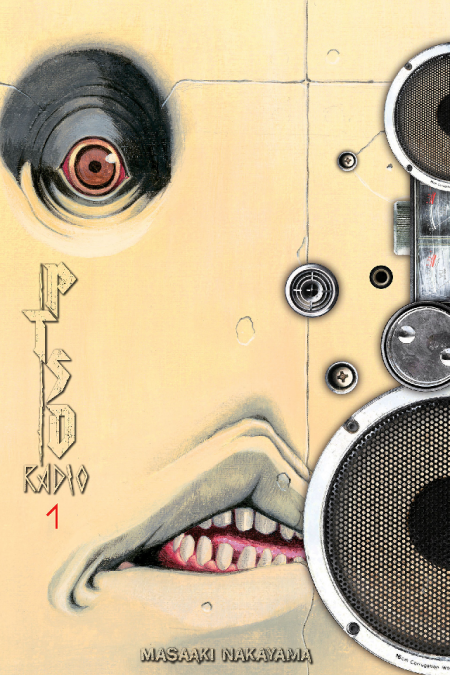
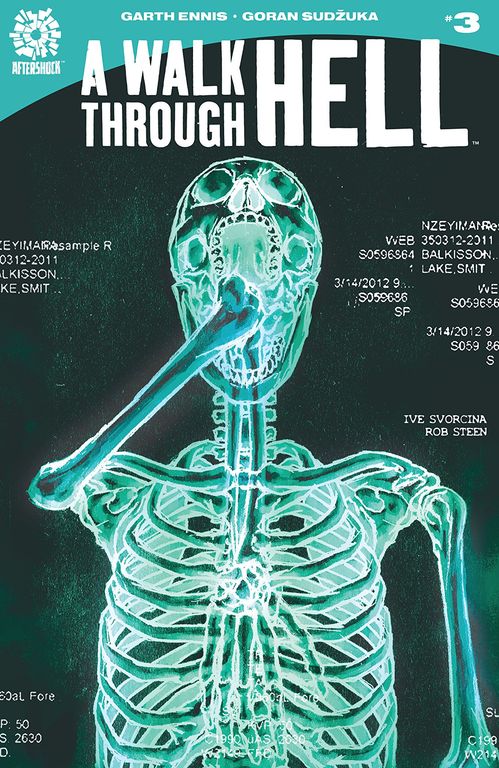
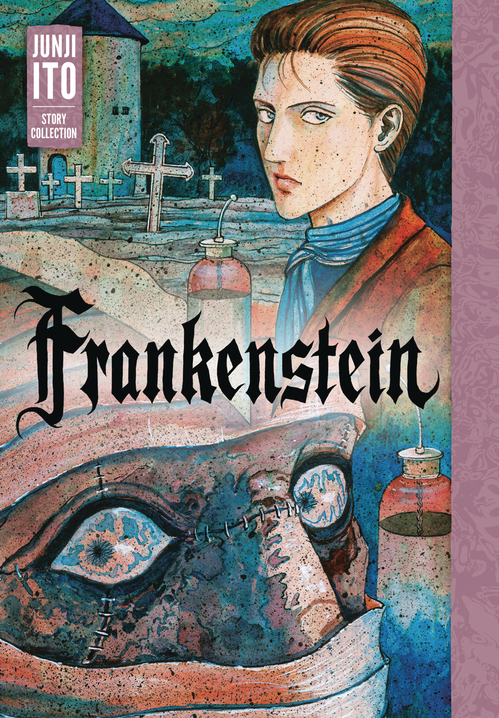
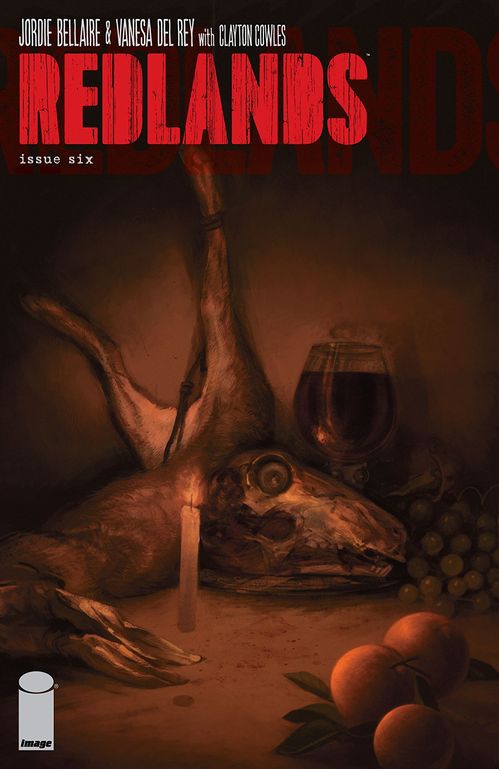

-thumb-500x759-687761.jpg)
